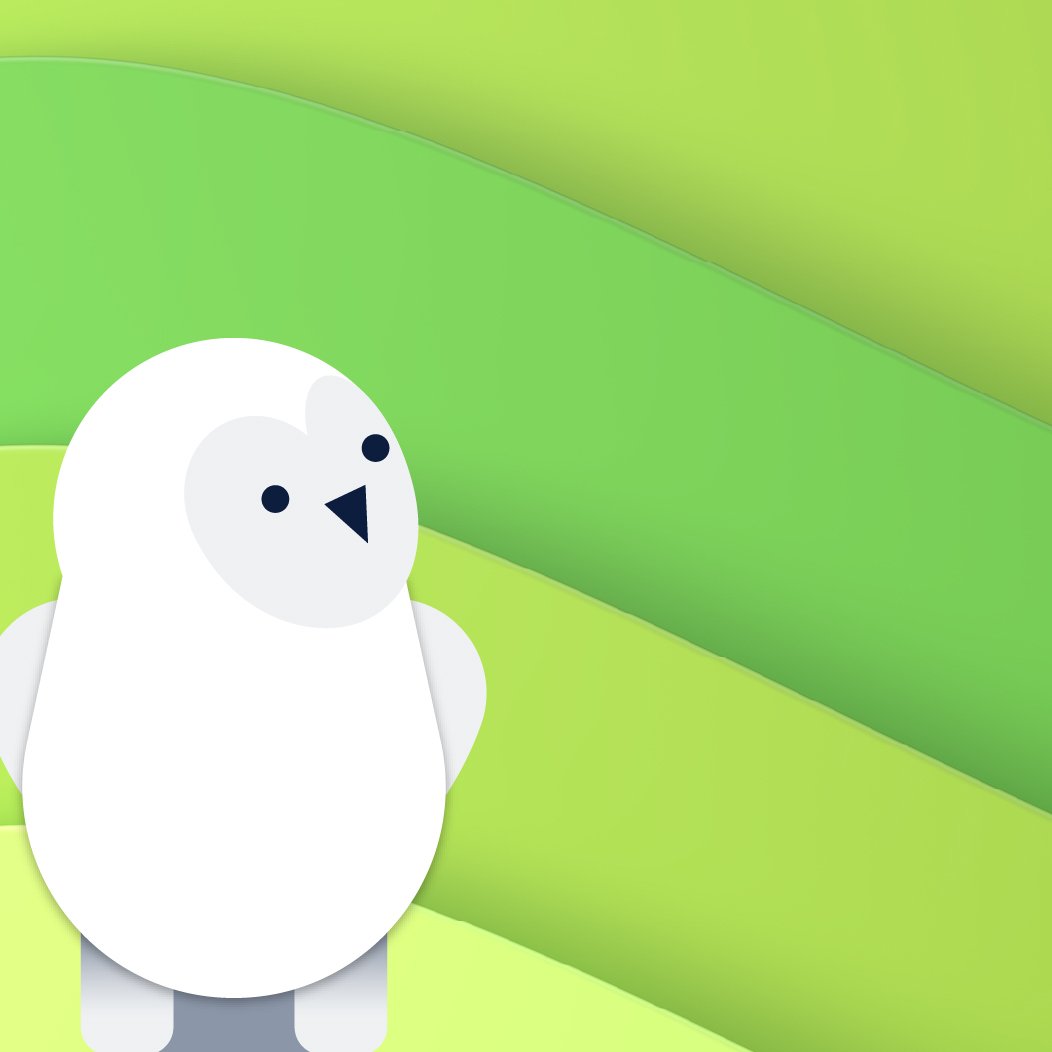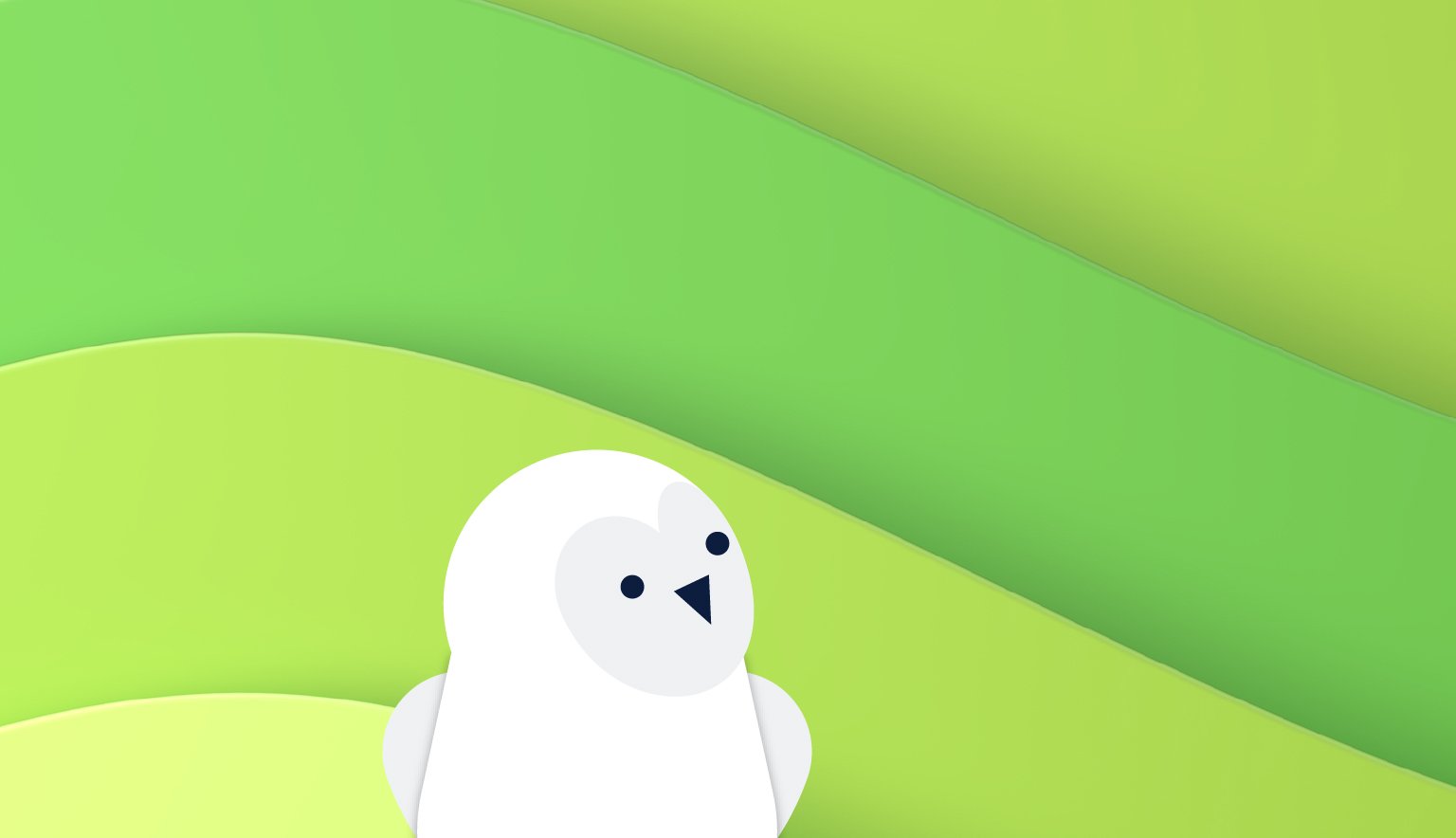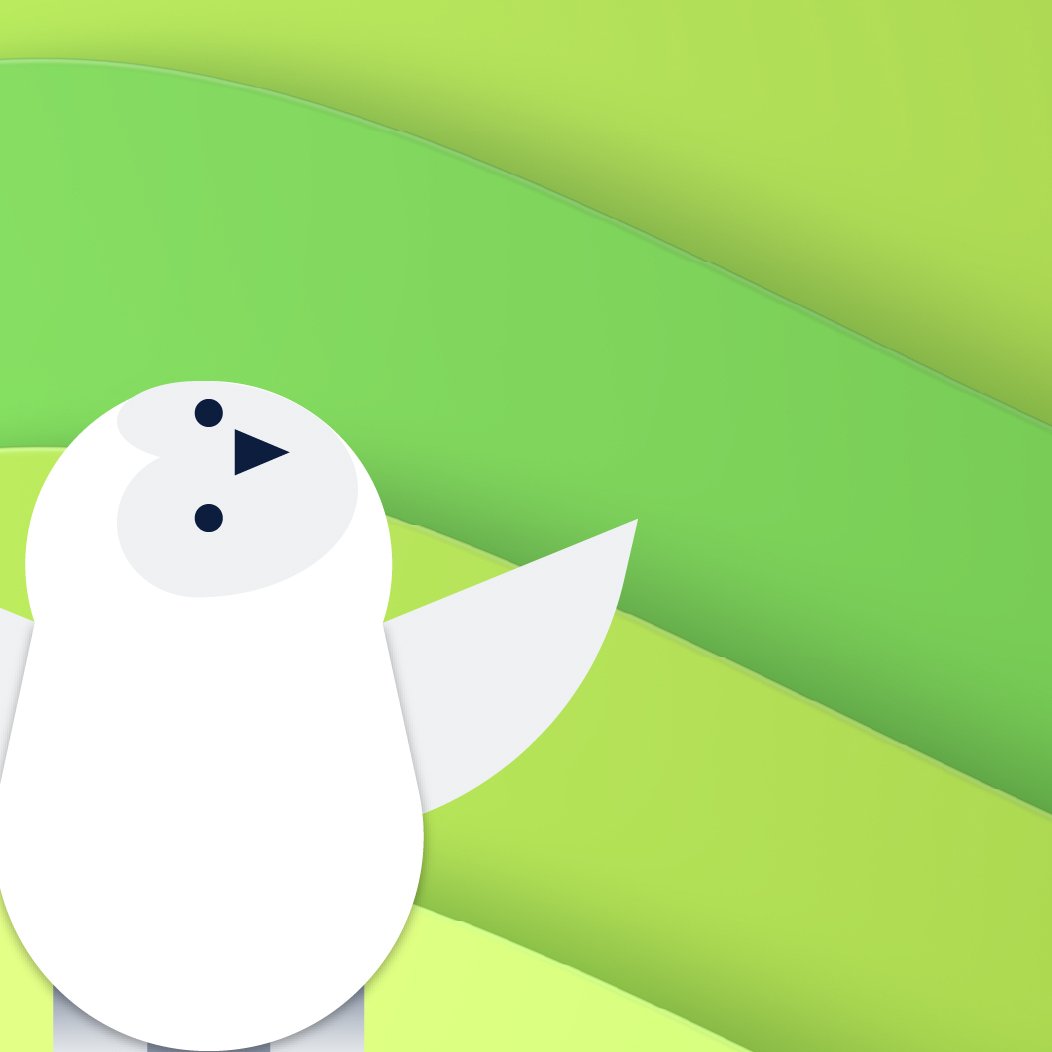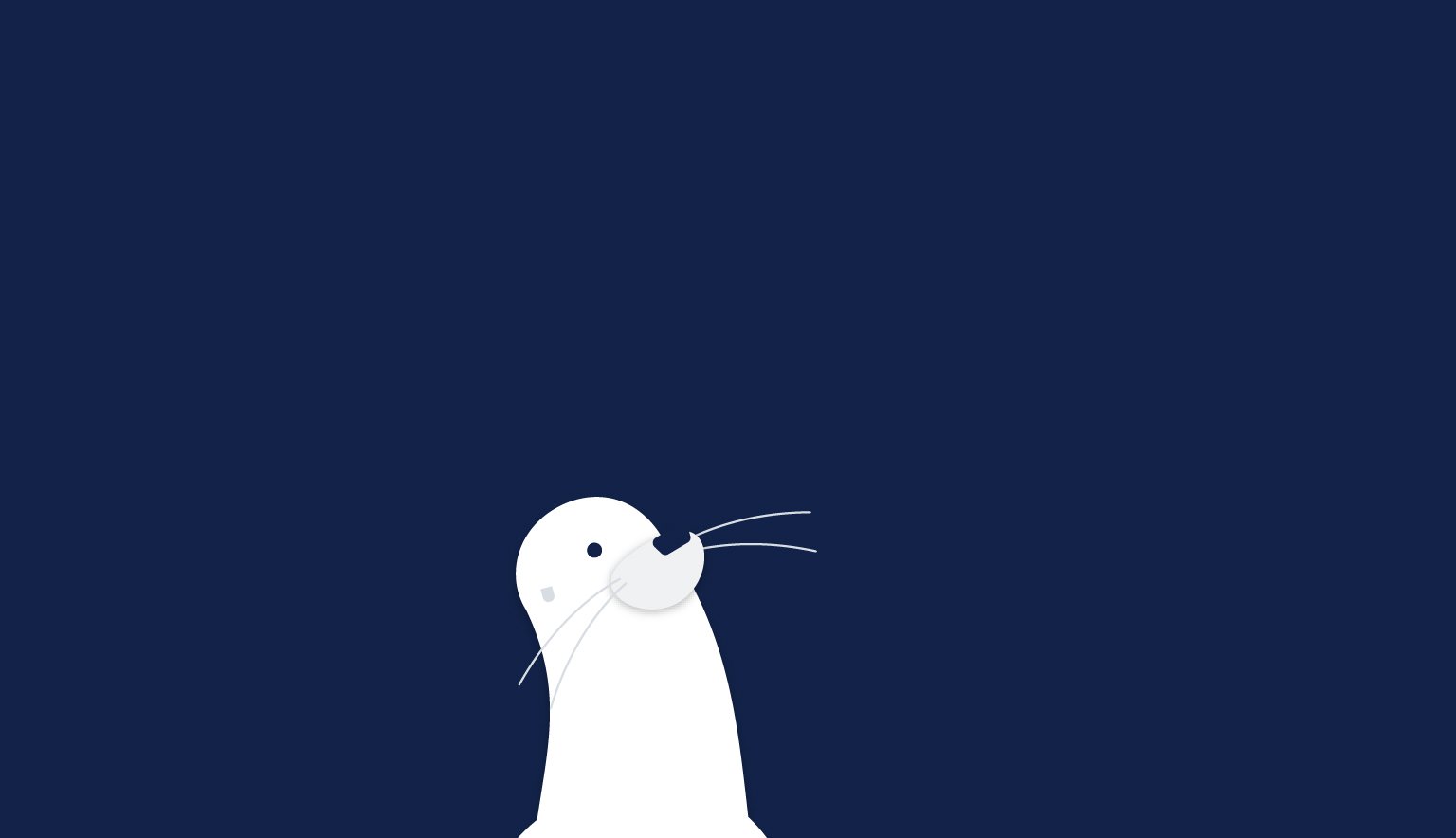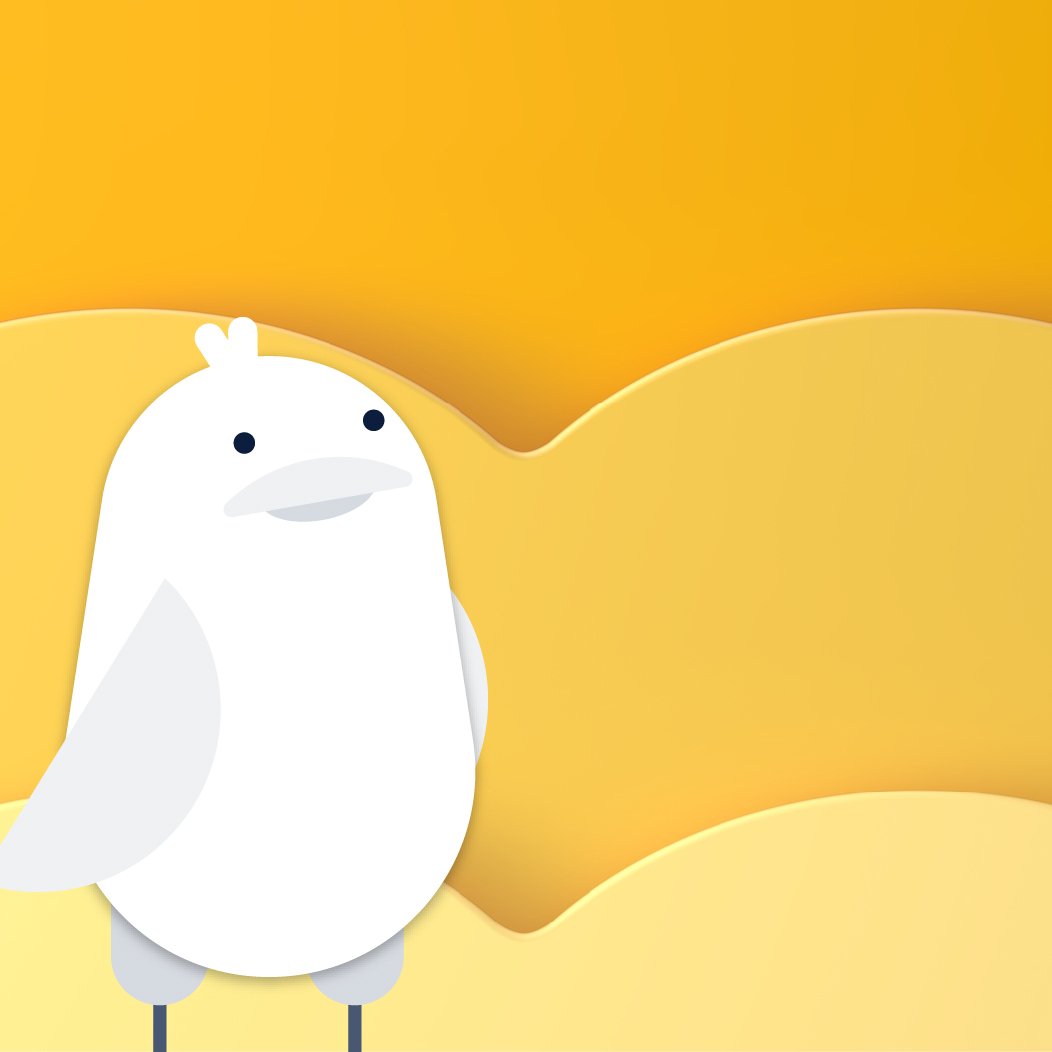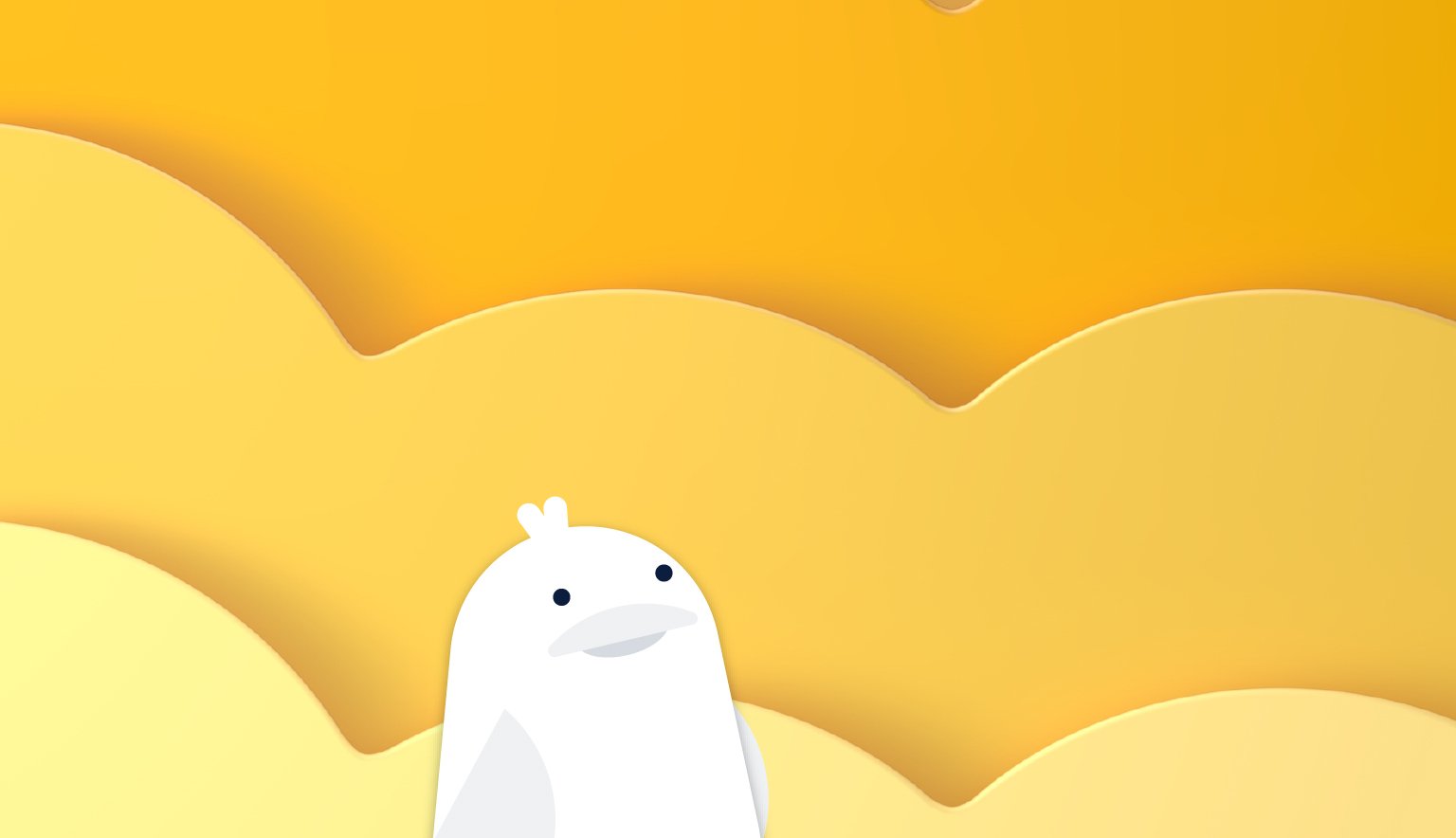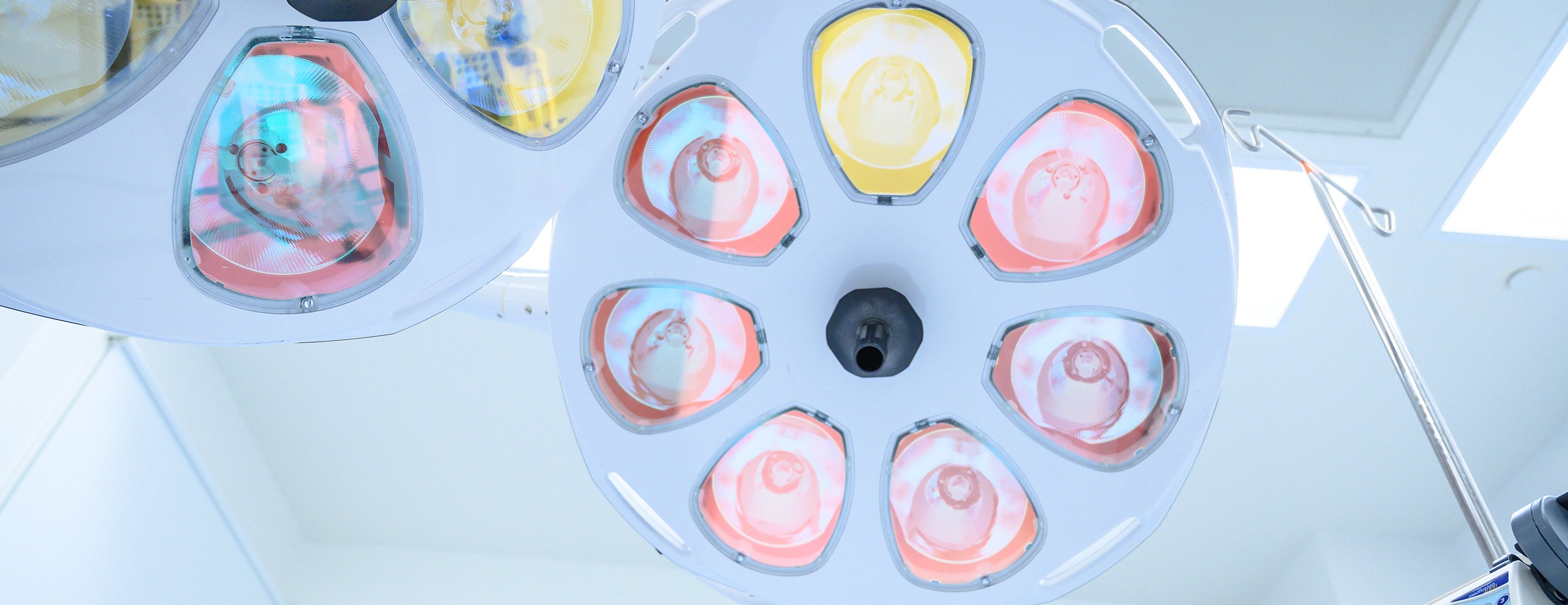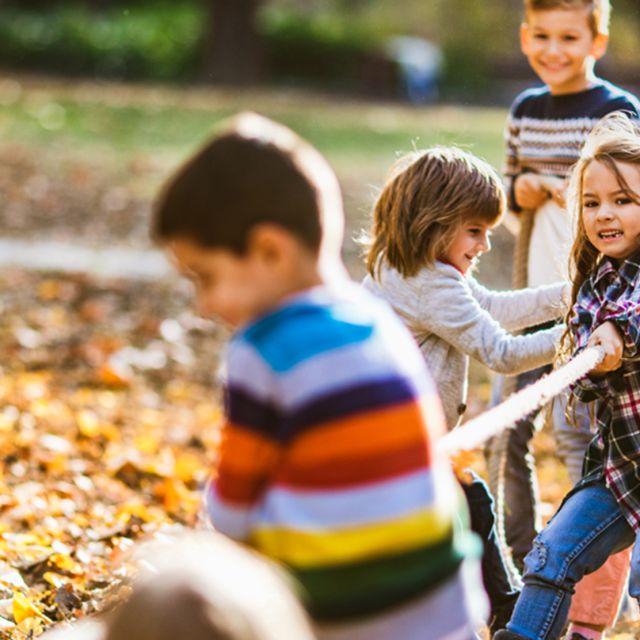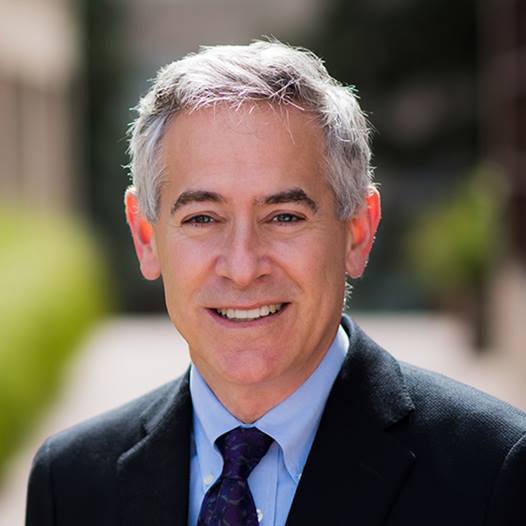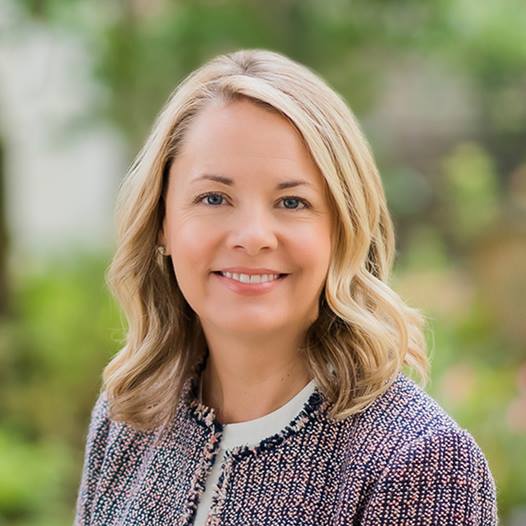Until the age of 15, Francisco Alvarez was like any other teenage boy. He went to high school, played in the band and hung out with his friends. The early signs of trouble were subtle.
At first, his handwriting got sloppy. Nothing terribly out of the ordinary, thought his mother, Dora. Same with the way his voice deepened. Maybe it's the last stages of puberty, she thought. But then something happened that alarmed her. Francisco was helping his father in the yard when she noticed him struggling to hold a simple broom and dustpan. Then, when his father asked Francisco to help him lift a heavy trash can, the boy's right arm wouldn't cooperate. That's the moment when Dora knew something was seriously wrong with her son.
Eventually, Francisco was diagnosed with primary dystonia, a neurological disorder that causes the muscles to contract and spasm involuntarily. The spasms contort the body into awkward, uncomfortable postures. Here's Dora to tell the rest of the family's story:
What was the first thing you did?
I took Francisco to his pediatrician. The pediatrician referred us to a neurologist. The neurologist referred us to another specialist. And, well, it went on and on. We spent the summer in doctors' offices. By early fall we still didn't know what was wrong with Francisco.
What was going on with Francisco during this time?
He was frustrated and scared. We all were. What started as muscle weakness in his right arm spread to his neck. The spasms in his upper body pulled his chin down toward his chest. He said it felt like someone was standing behind him pushing his head down. The spasms made speaking and swallowing difficult. He was struggling to sleep, eat and even walk. But he still got up every morning and went to school. My husband and I were amazed. We told him he could stay home, but he really wanted to go. He's an amazing kid.
What happened next?
One of our doctors recommended a specialist at UCSF. The day I called, I was so upset. Francisco was getting worse and worse. I was crying, I was so scared. I left a very emotional voicemail message and was surprised when the doctor called me back right away. They were booked but he worked some magic to get Francisco in quickly.
What was your experience with the doctors at UCSF?
Dr. Phillip Starr was so nice, so calm and so mellow. He put me at ease right away. He did some tests and diagnosed Francisco with primary dystonia. We'd never heard of the disorder before but Dr. Starr took the time to explain everything.
What was the next step?
Dr. Starr walked us through the treatment options. They ranged from medications to help control muscle movement to neurosurgery. The surgery is called deep brain stimulation. It involves two surgeries — one to implant electrodes in the brain and another to place a stimulator in the chest. The stimulator acts as a pacemaker of sorts for the electrodes and contains a battery that needs to be replaced every few years. My husband and I immediately decided that surgery was the absolute last resort. For one, it was a relatively new procedure. Secondly, there were no guarantees that it would work. And third, well, operating on the brain is very dangerous. We were terrified something would go wrong. We wanted to exhaust the other options first.
What were the other options?
One of the first things we tried was Botox injections. Immediately after the treatment, Francisco's neck pain was gone. We were so happy. We thought for sure that Botox was the cure. But the next time he went in for his injections (the drug wears off after a few weeks), Botox had no effect whatsoever. That failure was a big setback for him. By this time he was in a lot of pain.
Is that when you began to consider the surgery more seriously?
Yes. It helped enormously that we met other parents at the hospital who'd traveled across the country to bring their children to UCSF for this procedure. Seeing them entrusting their children to the doctors at UCSF gives you the strength to do the same. It also made us incredibly grateful to have such great care so close to home. At that point, we'd tried medications, we'd tried Botox, and we'd tried some other crazy stuff that I won't even mention (laughs). But at the end of the day it's difficult to watch your child suffer. You want to ease their pain. Eventually you put your fear aside and pray. Surgery was the only thing we hadn't tried yet. Francisco was ready to do it long before my husband and I were on board. But eventually, we all agreed this was our last hope.
How did it go?
Well, there were two surgeries – one to implant the wires in his brain and another to implant the stimulator in the chest. Francisco took the month of December off school. He spent a couple of nights in the hospital for each procedure and the rest of the time recuperating. Everything went great. The staff was great. The doctors were great. They told us everything, explained everything. We had no surprises. We knew what it was going to look like, what was going to happen and what could go wrong. Everyone was helpful and supportive.
What happened next?
Francisco went back to school after Christmas break and, from looking at him, you'd never know anything was ever wrong. He re-joined his afterschool clubs, he got involved back into the band. The one consolation he made was that he had to switch instruments (from baritone horn to percussion) because he doesn't have the strength to play a horn, but he's working on it. Basically, his life went back to normal.
How is he today?
We are very lucky. It's been nearly two years since the surgeries. Francisco graduated from high school with his class last May and started college this fall. His speech is still impaired a bit and he gets tired if he talks for too long, but physically he is perfectly normal. He's been able to taper off one of his two medications and hopes to go off of the other one soon. We go back to UCSF every six months so his doctors can check the battery and tweak the amount of stimulation the electrodes deliver to his brain. But that's about it. Of course, we hope someone will find a cure for dystonia, but in the meantime, Francisco is pain-free and living a normal life.








